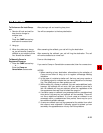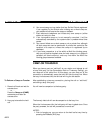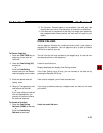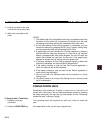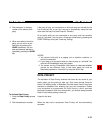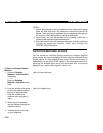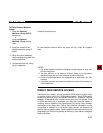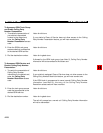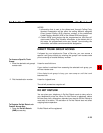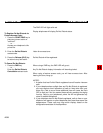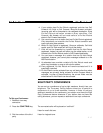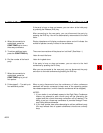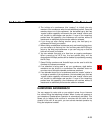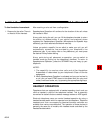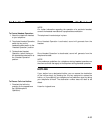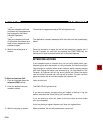
NOTES:
1. Information that is sent to the distant end through Calling Party
Number Presentation will be either the calling station’s assigned
Direct Inward Dialing (DID) directory number or the predefined
Listed Directory Number (LDN) of the utilized ISDN trunk group.
2. Certain ISDN trunk groups may be programmed so that they will
never send Calling Party Number information to the distant end. In
this case, the programmed trunks are “barred” from sending this
information, and users cannot override this designation.
DIRECT TRUNK GROUP ACCESS
If allowed by your telephone’s Class of Service, you can access a
specific trunk group directly by entering the group’s trunk access code
prior to entering an outside directory number.
Listen for recall dial tone.
If your station is restricted from accessing the selected trunk group, you
will hear reorder tone.
If the dialed trunk group is busy, you can camp-on until the trunk
becomes idle.
Listen for ringback tone.
The call will proceed as a regular call.
DO NOT DISTURB
You can place your telephone in Do Not Disturb mode to deny calls to
your telephone’s prime line. When Do Not Disturb is registered, callers
will hear busy tone, although an attendant can override Do Not Disturb to
route calls to a station. The activation of Do Not Disturb does not affect
outgoing feature operation.
Do Not Disturb will be registered.
To Access a Specific Trunk
Group:
1. Enter the desired trunk group’s
access code.
2. Dial the destination number.
To Register Do Not Disturb via
Feature Access Key:
1. Press the Do Not Disturb
(DND) access key.
PERCEPTION 4000 FEATURE OPERATION
4-29



